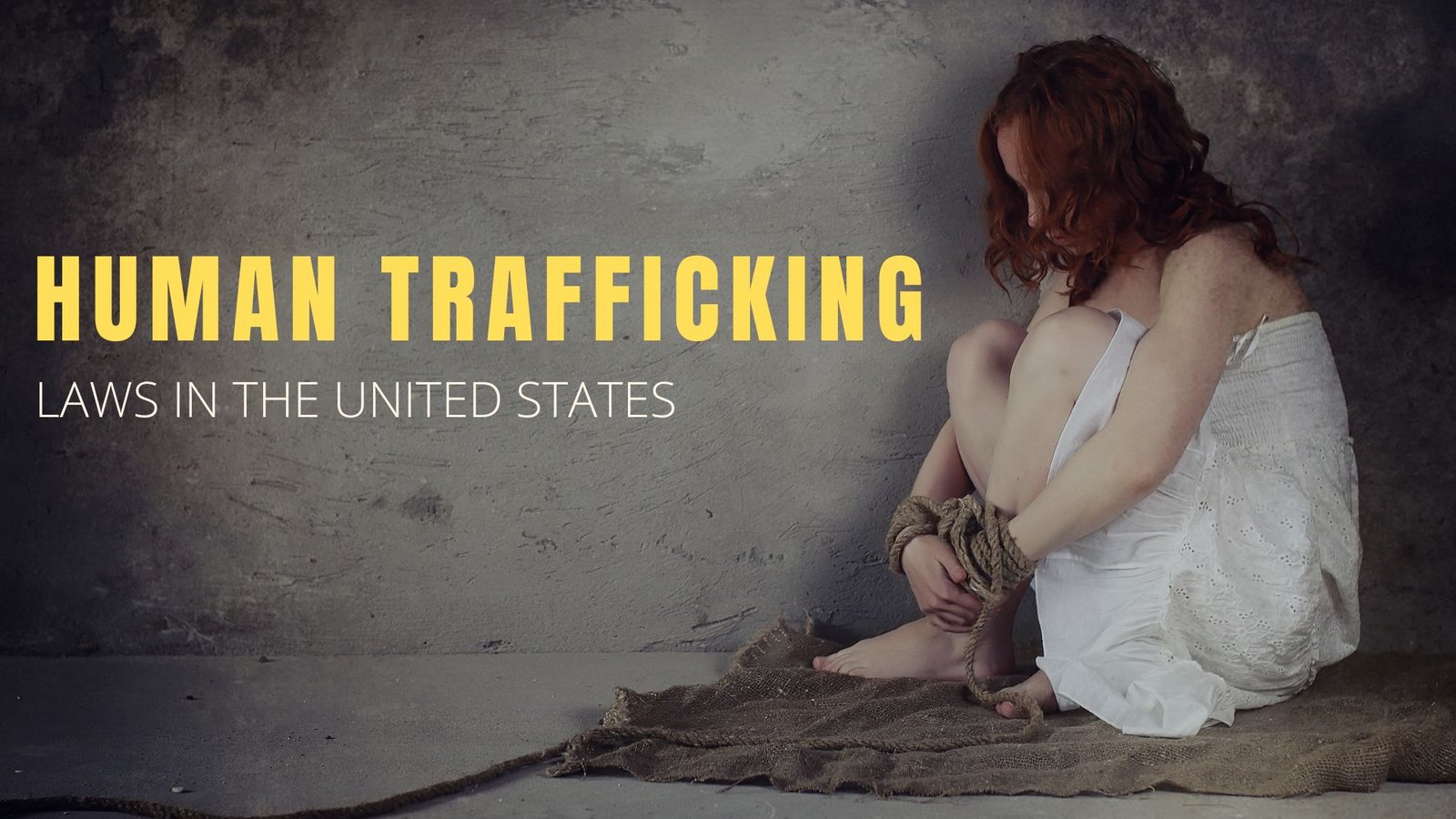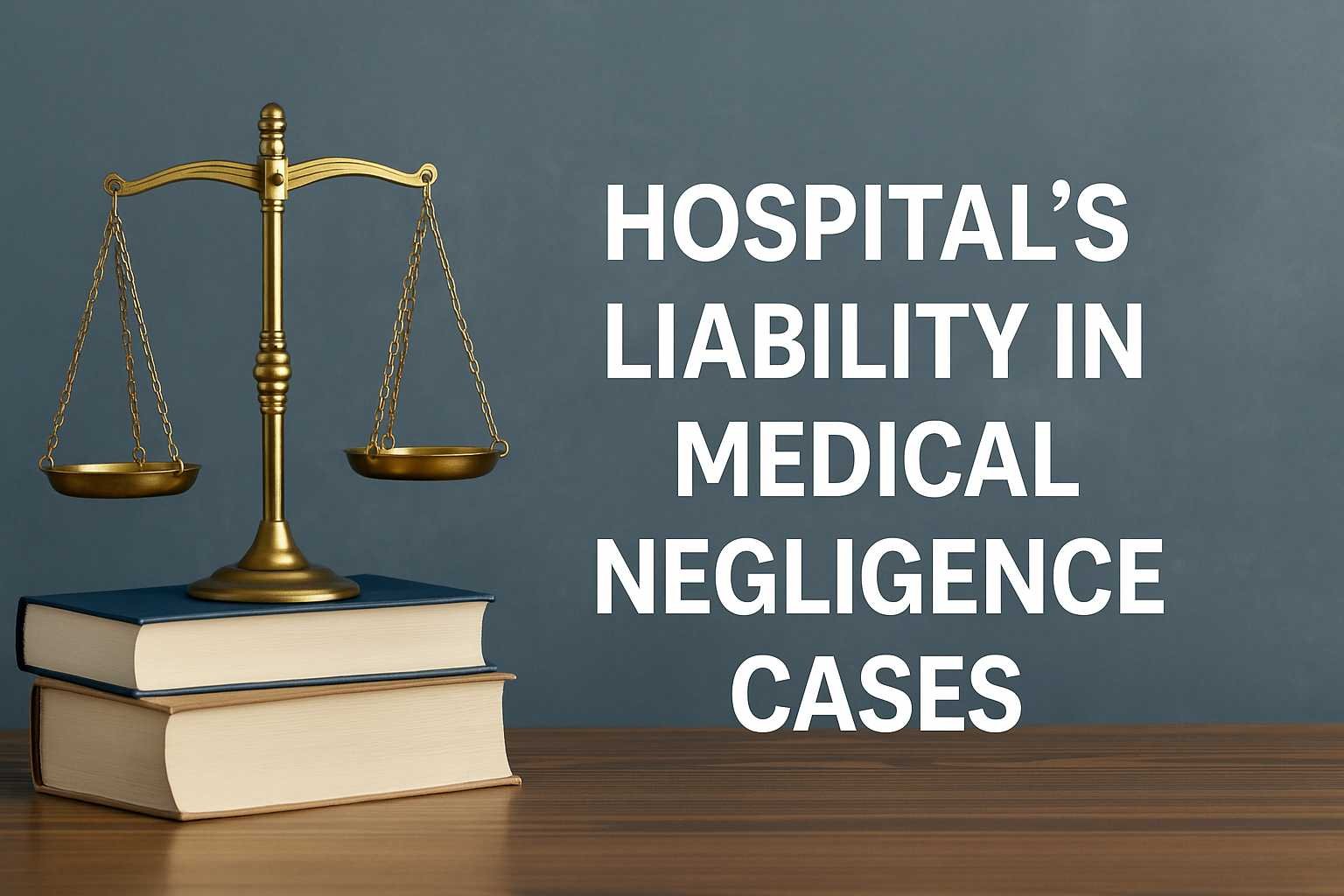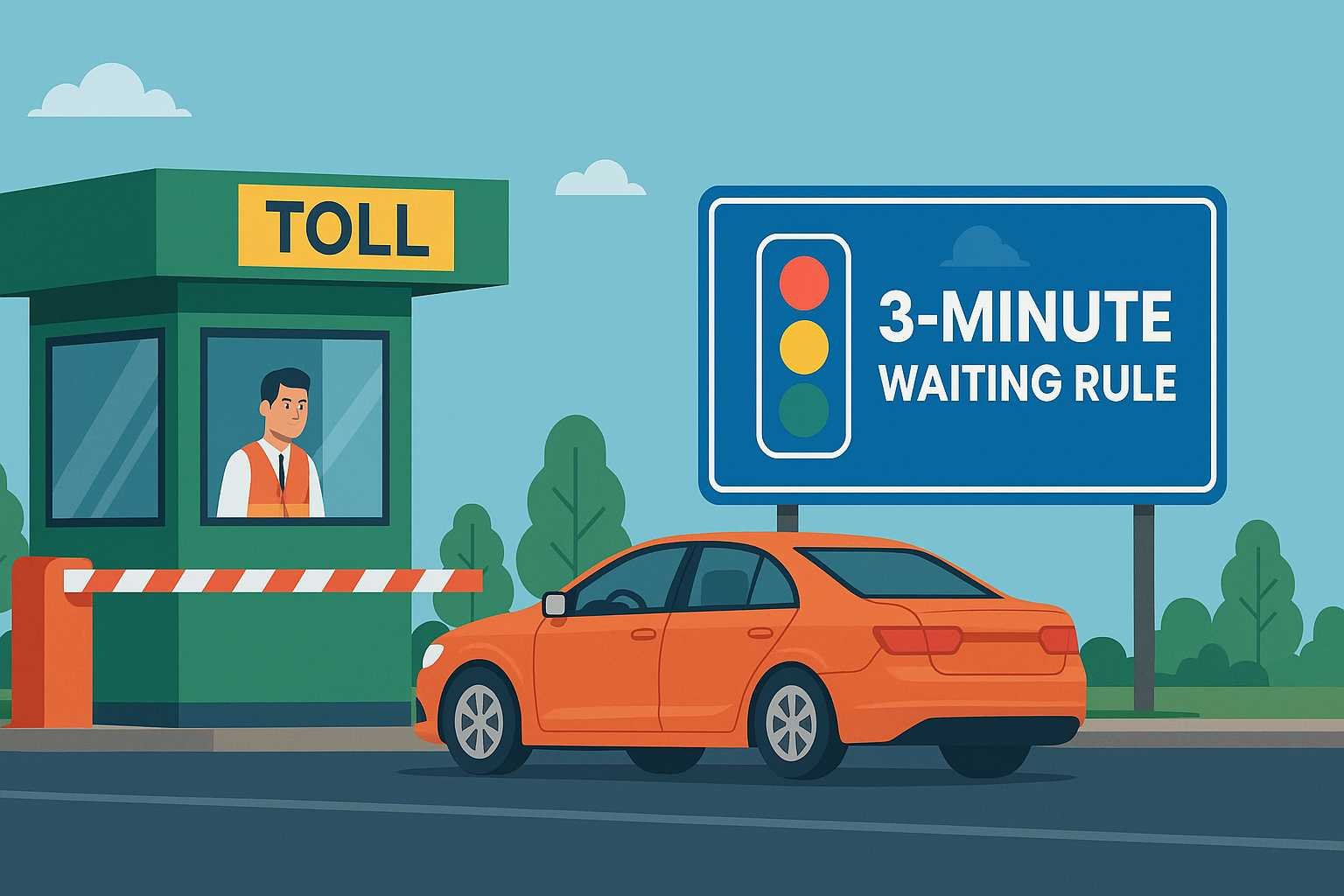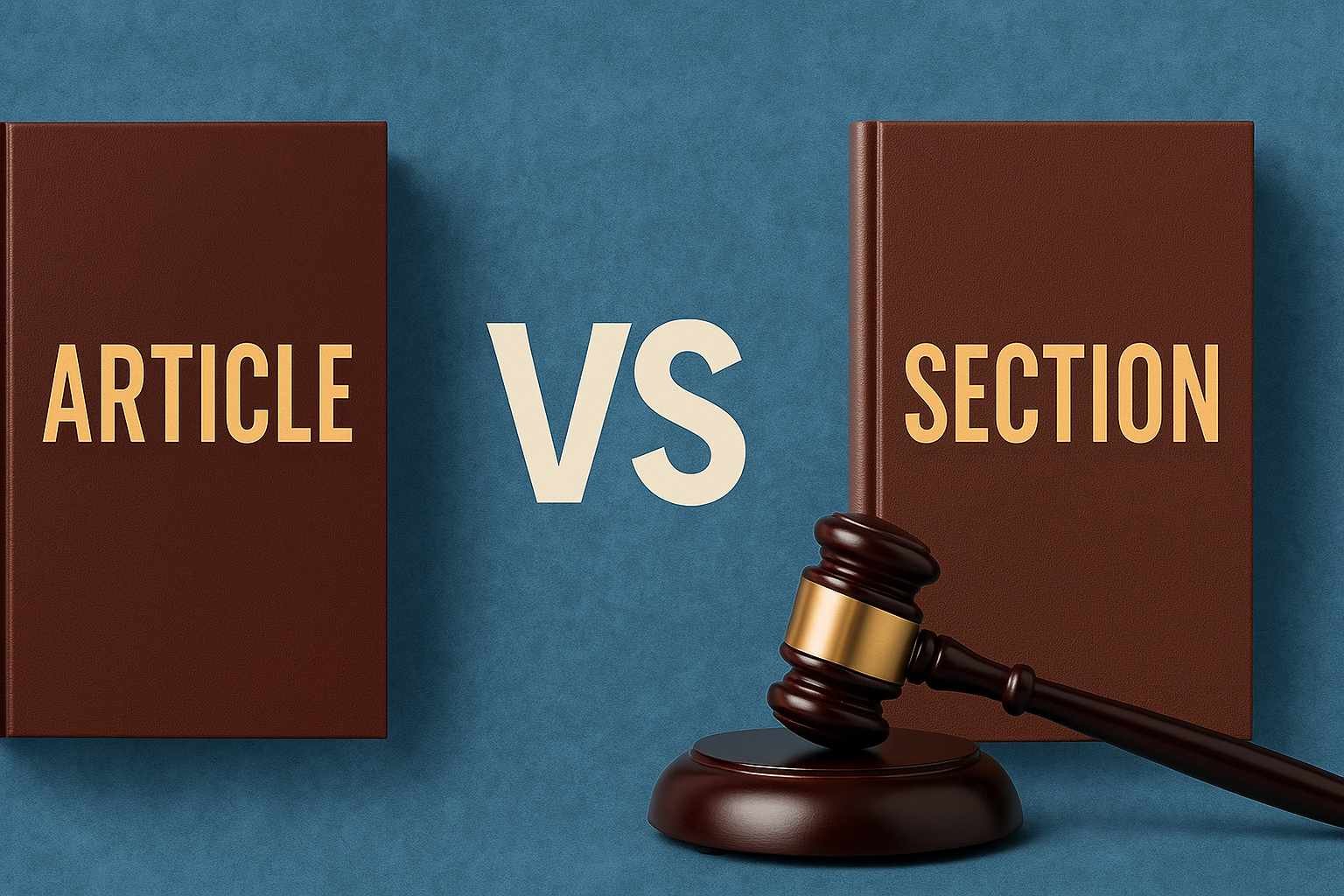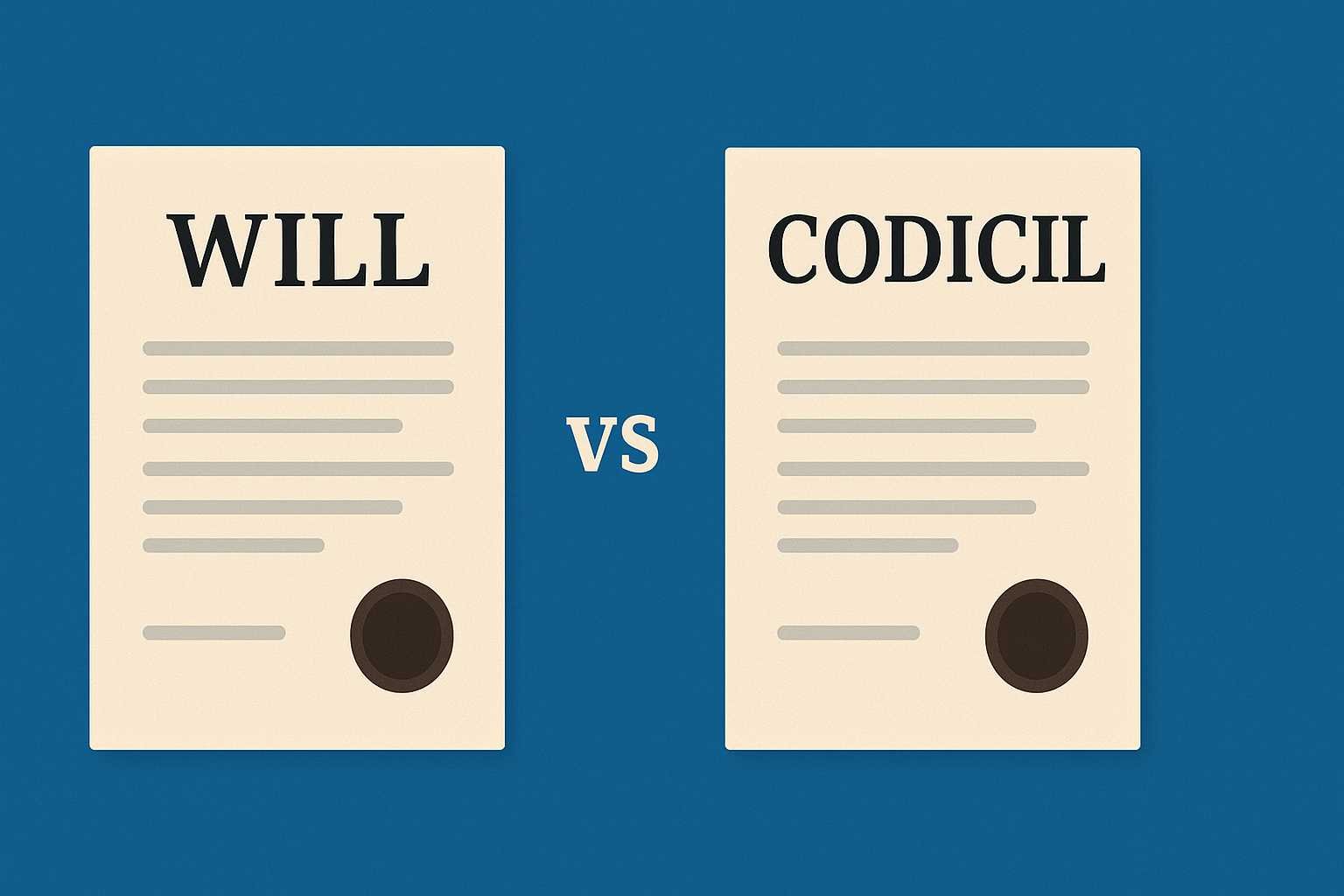On this page you will read detailed information about Human Trafficking Laws in the United States.
You open your morning newspaper or browse your favorite news site, scanning headlines about political divides, economic forecasts, or entertainment gossip. But nestled between popular stories, you may encounter a disturbing report on human trafficking – an often invisible yet pervasive human rights violation affecting individuals and communities worldwide. As an engaged citizen, you likely feel deep concern yet uncertainty around how to combat this complex issue rooted in social, economic, and geopolitical forces. By examining anti-trafficking laws and protections in the United States, you can gain insight into policy responses and remaining challenges. With knowledge comes power – the power to advocate for stronger laws and better victim services. Though the road ahead is long, progress starts with awareness. You now have a role to play.
Federal Laws and Policies to Combat Human Trafficking
Trafficking Victims Protection Act (TVPA)
The Trafficking Victims Protection Act (TVPA) of 2000 was the first comprehensive federal law to address human trafficking. The TVPA aimed to prevent human trafficking overseas, protect victims and help them rebuild their lives in the U.S., and prosecute traffickers. It established new crimes and enhanced penalties for existing crimes such as forced labor, document servitude, and trafficking with respect to slavery. The TVPA also allows for T visas to provide temporary immigration relief for victims of human trafficking. The TVPA has been reauthorized in 2003, 2005, 2008, 2013, and 2017 to expand its scope and strengthen initiatives.
Preventing Sex Trafficking and Strengthening Families Act (2014)
The Preventing Sex Trafficking and Strengthening Families Act amended the federal foster care program to better prevent sex trafficking of youth in foster care. It required states to develop policies and procedures to identify, document, and determine appropriate services for victims of child sex trafficking. It also mandated training for foster parents and caseworkers on issues relating to child sex trafficking.
Justice for Victims of Trafficking Act (2015)
The Justice for Victims of Trafficking Act enhanced the federal anti-trafficking framework to improve victim protections in the U.S. It established the U.S. Advisory Council on Human Trafficking to provide federal recommendations on coordinating anti-trafficking responses. It also enhanced the National Human Trafficking Hotline and made grants available for developing comprehensive victim services. Furthermore, it allowed trafficking survivors to vacate convictions for non-violent crimes that were a direct result of being trafficked.
To combat human trafficking, the U.S. government has passed several key pieces of legislation and policies to prevent trafficking, protect victims, and prosecute traffickers. While there is still more work to be done, these laws have strengthened the country’s ability to combat this gross human rights abuse.
In the previous post, we had shared information about An Examination of Rule 702 and Expert Testimony, so read that post also.
State-Level Human Trafficking Laws and Penalties
Human trafficking is considered a felony offense in all 50 states, though penalties vary significantly. States have adopted a variety of criminal laws to combat human trafficking.
Anti-Trafficking Laws
All states have laws prohibiting forced labor and sex trafficking. Many states have also passed additional laws criminalizing human trafficking, such as laws against benefitting financially from human trafficking and laws mandating human trafficking training for law enforcement and other public sector employees.
Penalties
Penalties for human trafficking offenses differ widely by state. Most states impose felony-level penalties for human trafficking crimes, including lengthy prison sentences and large fines. Some states allow for life imprisonment for the most serious offenses, such as sex trafficking of minors or trafficking resulting in death. A few states have also allowed for the death penalty in extreme human trafficking cases resulting in death, though the death penalty is controversial and rarely used in practice.
Victim Protections
Many states have passed laws to protect victims of human trafficking and encourage them to assist in prosecutions. These include laws shielding victims from prosecution for certain crimes committed as a direct result of being trafficked, as well as laws allowing victims to pursue civil lawsuits against their traffickers. Some states also have victim compensation funds to provide restitution and services for trafficking survivors.
Limitations
While state anti-trafficking laws are an important step, many laws still lack key protections and the penalties allowed remain insufficient given the severity of these crimes. There is also little consistency in laws across states, allowing some states to become “safe havens” for traffickers. Additional federal action is still needed to fully combat this issue nationwide.
State laws aim to curb human trafficking through a variety of criminal offenses and penalties. Though imperfect, these laws are an important tool, alongside federal law, in fighting forced labor and sex trafficking within US borders. Continued advocacy is needed to strengthen and align laws across all 50 states.
Law Enforcement Efforts to Identify and Stop Traffickers
Law enforcement plays a crucial role in combating human trafficking through identifying and stopping traffickers. Local and federal law enforcement agencies work to uncover trafficking operations, make arrests, and prosecute traffickers in the justice system.
Investigations and Sting Operations
Law enforcement conducts investigations and sting operations to locate victims, gather evidence against traffickers, and make arrests. They monitor locations where trafficking is suspected, go undercover, and work with informants. Multi-agency task forces have been formed to coordinate efforts across jurisdictions. These proactive investigations aim to dismantle trafficking networks and hold perpetrators accountable.
Training and Victim Identification
Law enforcement officials receive training on how to identify signs of human trafficking and conduct trauma-informed interviews with potential victims. Victims may not self-identify due to fear, shame, or manipulation by their traffickers. Law enforcement works with advocacy organizations to help connect victims to essential services after they have been identified. Proper identification and support of victims is key to building cases against traffickers.
Prosecution of Traffickers
Once traffickers have been arrested, law enforcement works with prosecutors to charge and convict them in court. Prosecuting traffickers serves as a deterrent and helps dismantle trafficking networks. However, prosecutions remain low compared to the scale of the problem. More resources are needed to investigate cases, protect victims, and follow through with prosecutions. Laws must also be strengthened to ensure traffickers receive punishment proportionate to the severity of these crimes.
With a collaborative, victim-centered approach focused on identification, investigation, and prosecution, law enforcement plays an integral role in the fight against this gross violation of human rights. Their diligent efforts bring traffickers to justice and help survivors find freedom once again.
Challenges in Prosecuting Human Trafficking Cases
Prosecuting human trafficking cases poses significant challenges for law enforcement and the judicial system. Traffickers employ coercion and manipulation to control their victims, instilling fear that deters victims from coming forward or cooperating with authorities. Traffickers may threaten violence against victims or their families if they speak to police.
The clandestine nature of human trafficking also makes these crimes difficult to detect and investigate. Traffickers conduct their illegal operations discreetly to avoid scrutiny from law enforcement. Victims are often kept in isolated conditions with limited contact with outsiders. Traffickers frequently move victims to different locations to minimize the risk of detection. These practices severely limit opportunities for victims to escape or seek help, and for law enforcement to identify signs of trafficking.
Prosecuting human trafficking cases also requires extensive resources and expertise. Investigations can span multiple jurisdictions, requiring coordination across agencies and levels of government. Building a case against traffickers involves gathering witness testimony, surveillance, wiretaps, and other evidence that demands significant investments of time, money, and skilled professionals. Many law enforcement agencies lack the resources and experience to conduct complex, long-term trafficking investigations.
Sentencing convicted traffickers poses additional challenges. Judges have discretion in determining sentences, and may lack full understanding of the severity of these crimes. Traffickers can face minimal punishment relative to the immense harm inflicted on victims. Inconsistent sentencing also undermines deterrence and allows some traffickers to return to criminal activity.
Reforming laws and policies to address these challenges is key to improving prosecution of human traffickers. Providing law enforcement adequate resources and training, instituting mandatory minimum sentences, and enacting victim protection measures can significantly enhance anti-trafficking efforts. With political will and a commitment to justice, the legal system can become a powerful force against this grave human rights abuse.
Role of NGOs and Advocacy Groups in Fighting Trafficking
Non-governmental organizations (NGOs) and advocacy groups play an integral role in combating human trafficking in the U.S. These organizations apply pressure on legislators and government agencies to strengthen laws, raise public awareness, and directly support victims.
NGOs like Polaris, Coalition to Abolish Slavery and Trafficking (CAST), and Rights4Girls lobby Congress and state governments to enact new anti-trafficking laws and policies. They were instrumental in the passage of the Trafficking Victims Protection Act (TVPA) of 2000 and its subsequent reauthorizations. These groups also publish annual reports grading states on their anti-trafficking efforts to spur further legislative action.
Advocacy organizations utilize public campaigns to educate citizens about human trafficking.They spread information on how to identify victims and report suspected trafficking crimes through social media, websites, and community events. These initiatives aim to engage everyday citizens in the fight against trafficking by giving them the knowledge and tools to take action.
NGOs and advocacy groups also provide essential services for trafficking survivors. They offer crisis intervention, emergency shelter, medical care, mental health counseling, job training, and legal advocacy. These services help victims escape their trafficking situation, recover from their trauma, and rebuild their lives. Some organizations also help formerly trafficked persons secure T visas or bring civil lawsuits against their traffickers.
While the government plays a leading role in enacting laws and prosecuting traffickers, NGOs and advocacy groups are instrumental partners. They apply pressure, raise awareness, and directly support victims in ways that government agencies cannot. Their multi-pronged approach of lobbying, education, and victim services has been crucial to anti-trafficking efforts in the U.S. With their help, more comprehensive laws have been passed, more victims have been identified and assisted, and more communities have joined the fight against this human rights violation.
How Individuals Can Help Fight Human Trafficking
As an individual, there are several actions you can take to help combat human trafficking in the U.S. and abroad.
First, educate yourself and others about human trafficking. Learn how to identify signs of trafficking and spread awareness of this crime. Host an awareness event, share information on social media, or volunteer to train others in your community. Knowledge is power, and understanding the issue is the first step toward solving it.
Advocate for stronger anti-trafficking laws and policies. Contact your political representatives and ask them to support legislation that prevents trafficking, protects victims, and prosecutes perpetrators. Join anti-trafficking organizations to add your voice to the cause. Grassroots movements and civic engagement have led to real change.
Report suspected human trafficking to the proper authorities. If you witness signs of trafficking like lack of freedom of movement, physical abuse, or hazardous work conditions, call the National Human Trafficking Hotline or local law enforcement right away. Your information could help identify and rescue victims. However, never directly confront a suspected trafficker, as this could put potential victims in danger.
Donate or fundraise for anti-trafficking organizations. Non-profits working to combat human trafficking rely on financial support from individuals and groups. Donate money or needed items, organize a fundraiser in your neighborhood, or volunteer your professional skills. Every contribution makes a difference.
Shop ethically and sustainably. Be aware of supply chains and buy fair trade goods whenever possible. This helps combat forced and child labor, which are forms of human trafficking. Download an app like Free2Work or check the U.S. Department of Labor’s List of Goods Produced by Child Labor or Forced Labor to make informed purchasing decisions.
By taking action, individuals can significantly impact efforts to prevent human trafficking, protect victims, and prosecute offenders in communities across the United States. Stronger public awareness and civic participation are key to enacting meaningful change. Each small act can move us closer to ending this human rights abuse.
Conclusion
As we have seen, human trafficking is a grave issue that affects countless individuals in the United States and around the world. Though the United States has made efforts to combat trafficking through legislation, there is still significant progress to be made. It is up to you, the citizens, to push for stronger laws and enforcement. Get involved with advocacy groups, volunteer your time, and make your voice heard. Though the road ahead is long, each contribution makes a difference. Stay vigilant, stay engaged, and keep fighting. With perseverance and collaboration, we can work to end human trafficking.
Disclaimer
The information and services on this website are not intended to and shall not be used as legal advice. You should consult a Legal Professional for any legal or solicited advice. While we have good faith and our own independent research to every information listed on the website and do our best to ensure that the data provided is accurate. However, we do not guarantee the information provided is accurate and make no representation or warranty of any kind, express or implied, regarding the accuracy, adequacy, validity, reliability, availability, or completeness of any information on the Site. UNDER NO CIRCUMSTANCES SHALL WE HAVE ANY LIABILITY TO YOU FOR ANY LOSS OR DAMAGE OF ANY KIND INCURRED AS A RESULT OR RELIANCE ON ANY INFORMATION PROVIDED ON THE SITE. YOUR USE OF THE SITE AND YOUR RELIANCE ON ANY INFORMATION ON THE SITE IS SOLELY AT YOUR OWN RISK. Comments on this website are the sole responsibility of their writers so the accuracy, completeness, veracity, honesty, factuality and politeness of comments are not guaranteed.
So friends, today we talked about Human Trafficking Laws in the United States, hope you liked our post.
If you liked the information about Human Trafficking Laws in the United States, then definitely share this article with your friends.

